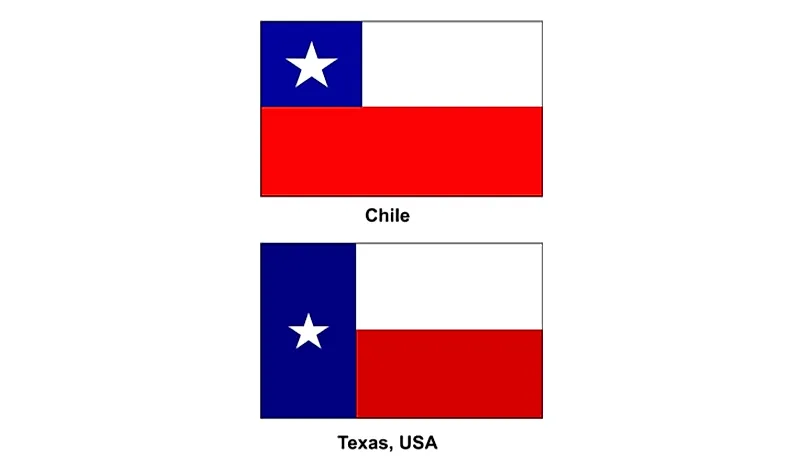The capital city of Austria is Vienna. It is also Austria’s largest city. The city is located at the easternmost end of the Alps in the Vienna Basin along the banks of the Danube River. Between 1558 and 1918, Vienna was an imperial city; in 1806 it was the political seat of the Roman Empire before it emerged as the capital of the Austro-Hungarian Empire. After WWI Vienna became the capital of the Austrian Republic. Between 1938 to 1945 it was conquered by Germany before regaining its status as the capital of Austria after the signing of the State Treaty.
By 2017 Vienna’s urban environment had a population of about 1.89 million while the Metropolitan area had about 2.6 million. The city is home to nearly one-third of the country’s population. Vienna is the ninth most populous city in the EU and the second largest Germany speaking city after Berlin. Between 1910 and 1987 the population of Vienna dropped from 2 million to 1.4 million due to the World Wars and low birth rates. By 2030 the population is expected to rise to 2 million, and the life expectancy is set to hit 89 million.
Vienna attracts millions of tourists every year, many of whom stream to the city to experience ancient sites such as the Hofburg and Schönbrunn, the two imperial palaces. The Tiergarten Schönbrunn is the world oldest zoo and located in the city of Vienna. Cultural attractions include the Wiener Staatsoper and the Lipizzaner horses. Several art museums are also located within the city. They include the Leopold Museum, Albertina, the twin Kunsthistorisches Museum and the Naturhistorisches Museum.
Vienna experiences an oceanic climate classified as a Cfb (oceanic) climate by the Köppen classification. The summers are warm with average temperatures of between of 24 to 33 degrees Celsius. The maximum temperature can reach 38 degrees Celsius while the minimum can drop to 17 degrees Celsius. The winters are cold and dry with the average temperature ranging between 1 degree Celsius and -1 degree Celsius. Autumn and spring are relatively mild. Precipitation averages 550 mm yearly. The flat plains of Vienna are the driest at 550 mm while the woods in the west experience above average rainfall of 700 to 800 mm. Snow is a common occurrence during the winter but not as heavy as those in the Western and Southern regions
This page was last modified on May 1st, 2018
More on Graphicmaps

Published on 2019-11-06
What is a Trade Embargo?

Published on 2019-11-04
Which Two Countries Used to Have the Same Flag?

Published on 2019-09-16
What Is the Only Two-Sided State Flag?

Published on 2019-09-16
Which Country Flag Looks Like the Texas Flag?

Published on 2019-08-29
Flags That Resemble the US Flag

Published on 2019-08-20
